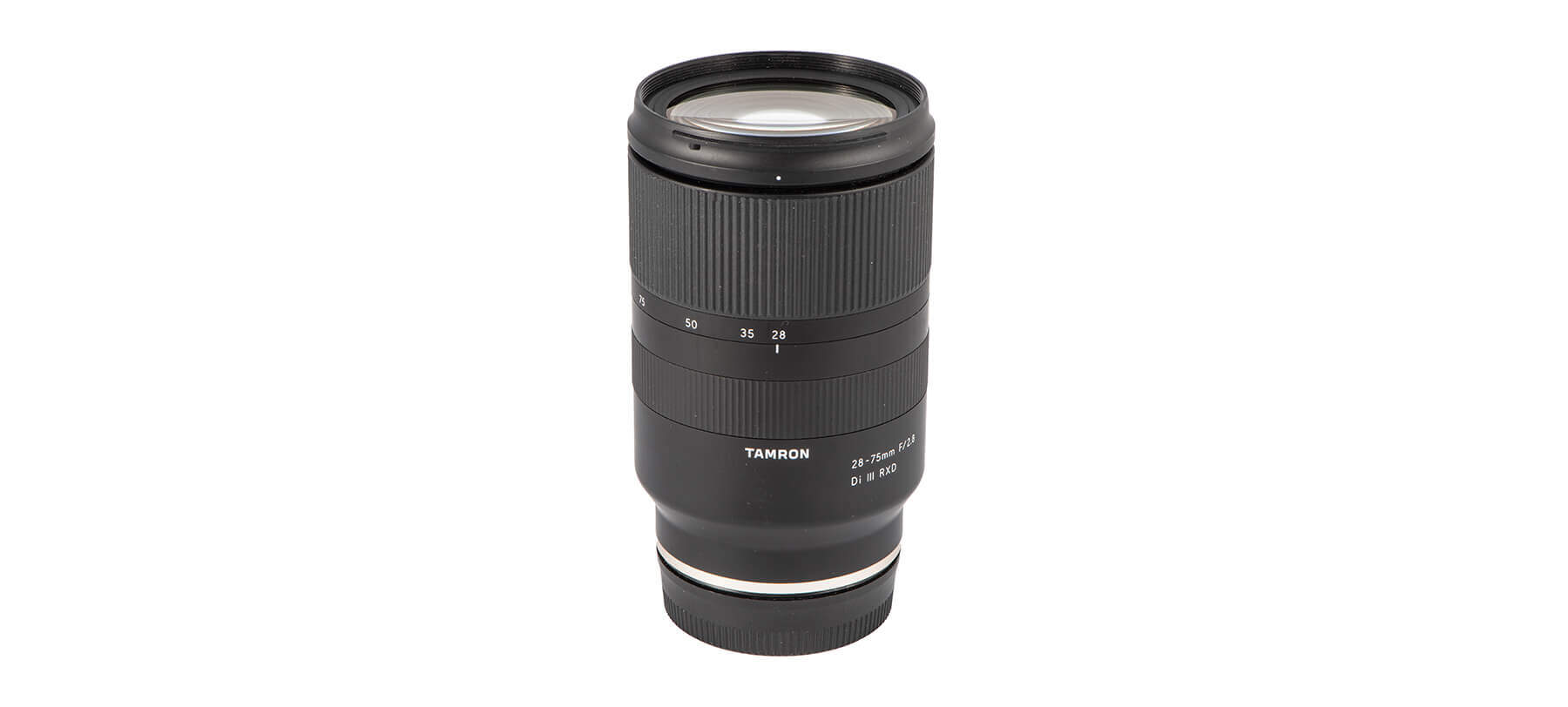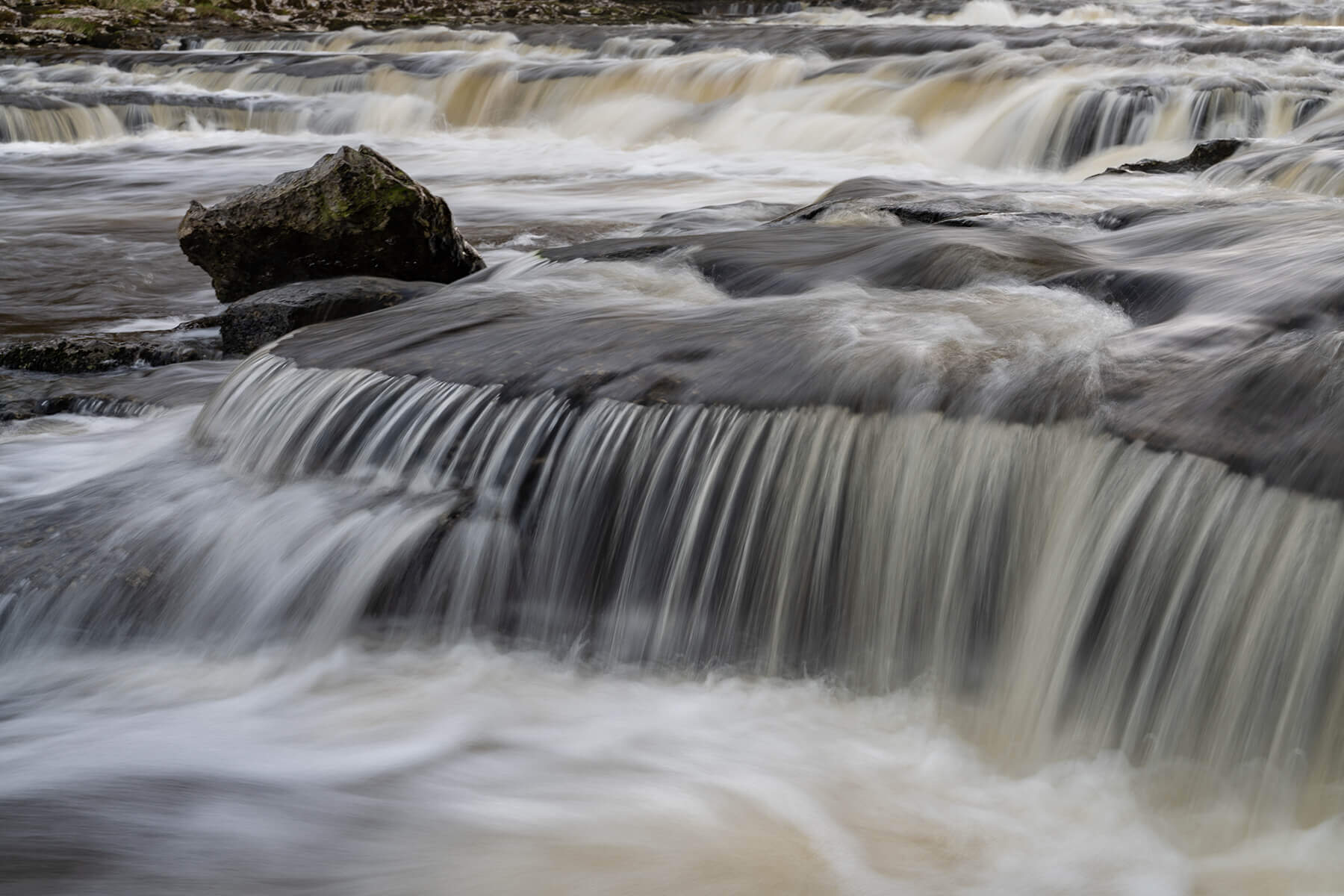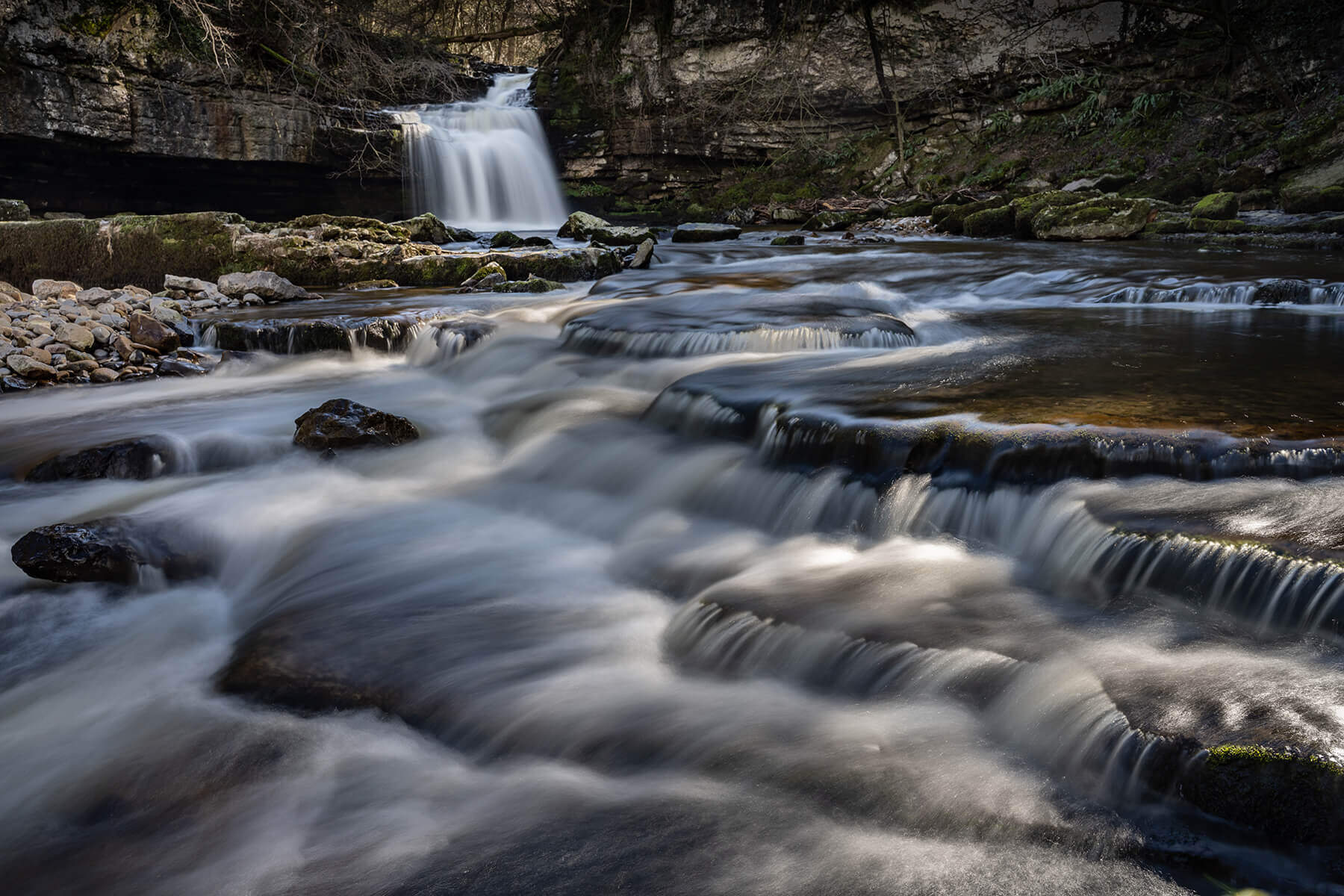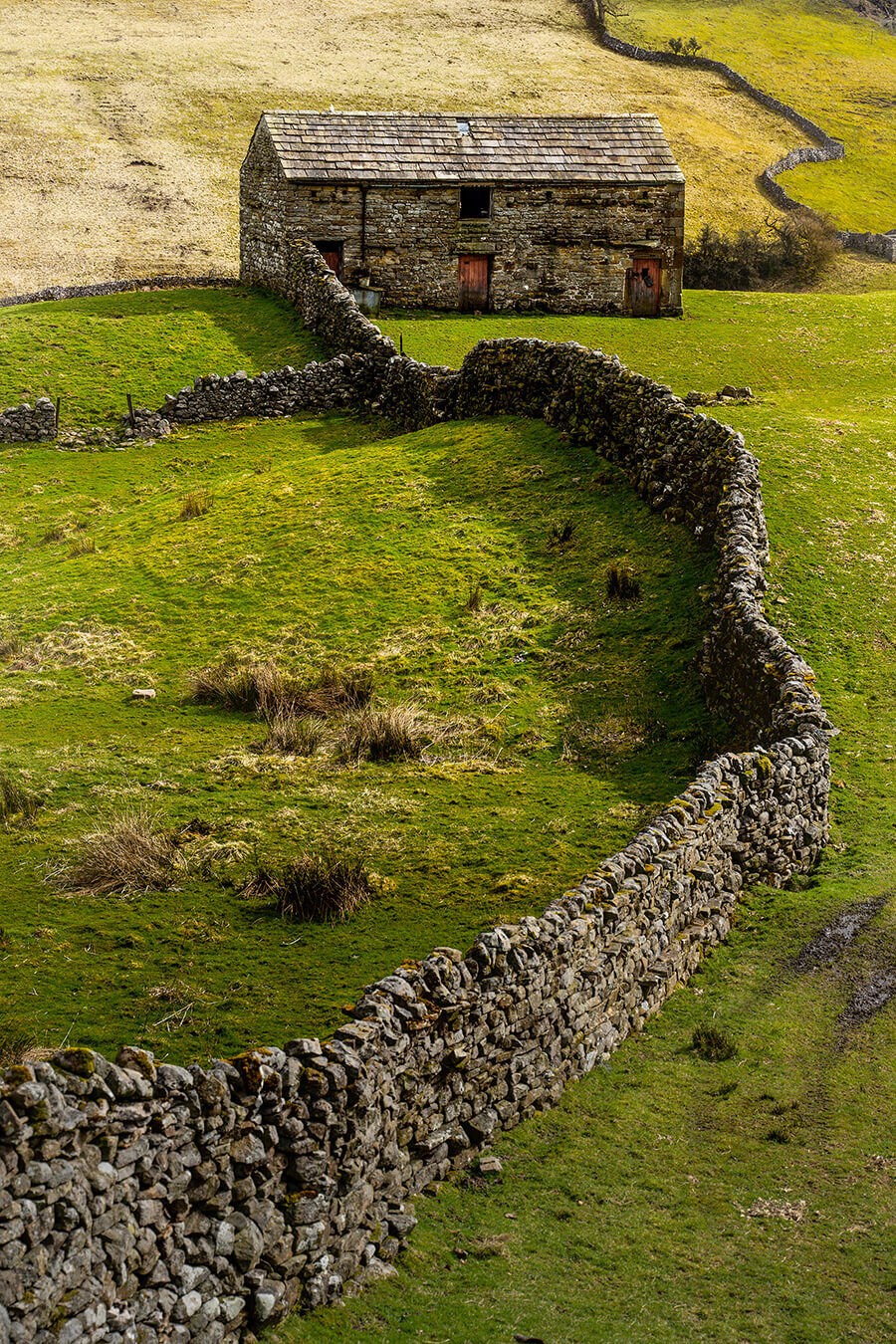
Tamron 28-75mm f/2.8 Di III RXD test: setting the standard
Posted on Apr 22, 2020
Tamron’s 28-75mm f/2.8 Di III RXD is one of the bestselling lenses in the market, with a compelling combination of fast constant aperture, weather-resistant design and an impressive autofocus and optical performance. Photography News editor Will Cheung took it out for a pre-lockdown shoot to the Yorkshire Dales, with landscape and waterfalls very much in his sights.
SPONSORED BY TAMRON
For most photographers, a high-quality standard zoom is their workhorse, called upon to deliver outstanding performance in a wide range of situations. Designed specifically for Sony E-mount cameras, Tamron’s 28-75mm f/2.8 Di III RXD has all the qualities demanding workers expect from a leading standard zoom, and it comes in a compact body form. The lens’s focal length ranges from wide-angle to short telephoto is extremely versatile – suitable for all sorts of subject matter, from interiors and close-ups to landscapes and portraits. Its fast f/2.8 maximum aperture is constant throughout the lens’s range, which helps you shoot at camera-shake defeating shutter speeds even when the light is less than ideal.

For a constant fast aperture standard zoom, the Tamron 28-75mm f/2.8 Di III RXD is compact and very nicely balanced, not front-end heavy, as can be a characteristic of this lens type. It suited the Sony A7R IV full-frame model very nicely indeed for handheld shooting and is a combination that you can carry around all day without exhausting yourself. That’s even more important when the aim is to do some walking and shoot some scenic views, because I was going to shoot on a tripod to maximise the optical skills on my 61-megapixel resolution camera.
Speaking of its optical skills, this Tamron lens sports a cutting-edge construction. Out of its 15 individual lens elements, five of them are aspherical or low dispersion to make the most of fine detail within a scene and to minimise optical aberrations, plus Tamron’s BBAR (Broad-Band Anti Reflection) coating does a great job of defeating flare and ghosting.

Of course, an advanced optical design counts for nought if the lens’s autofocus system is not up to scratch. Tamron’s RXD (Rapid eXtra-silent stepping Drive) is used to give a precision, whisper-quiet performance, making it ideal for video as well as still image making. The AF system certainly meshed expertly with the Sony A7R IV, which probably has the most advanced AF system currently available, proving to be sensitive and impressively sure-footed with the camera’s eye/face detection features.
I was very pleased to see that Tamron’s standard zoom has weatherproofing on its long list of features. With my plan of shooting some waterfalls and the ever-changeable spring weather in the hills, that is a quality I thought could prove very handy. Indeed, the same applies to the fluorine coating on the lens’s front element.
Lenses with a fluorine protective coating are a fairly recent innovation and not one fully appreciated until you get the front element wet or if you accidentally touch it. The coating just makes it so easy to clean and is a big benefit when shooting in inclement weather or situations where there’s the challenge of water spray. Wiping off water drops from a normally coated front element can result in very smeary results and are beyond usable unless you are after a dreamy, smudged result. With a fluorine-coated front element, a wipe with a microfibre lens cloth will remove any water without smearing and leave the lens front pristine, ready to continue shooting with no sacrifice of image quality. Luckily for me, the weather for this shoot was very kind and the lens only got splashed when I ventured too close to a powerful water cascade striking a photogenic rock.

On my shoot, the Tamron 28-75mm f/2.8 Di III RXD proved a great companion. I have already discussed its compact body form, weather resistance and capable performance and these qualities were very welcome, but the thing which is less easy to quantify is the lens’s user-friendly, easy-going nature. Its smooth performance meant that it just integrated into the picture-taking workflow. I didn’t have to stop to think about using the lens, because it just did its job so seamlessly, leaving me free to concentrate on the important matter of what was in front of me. For me, that’s the ultimate accolade.
For more information, please visit the Tamron website.







